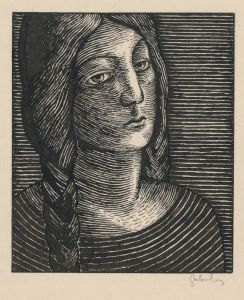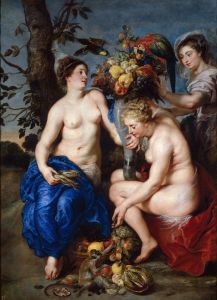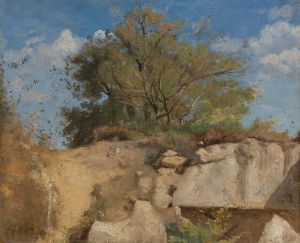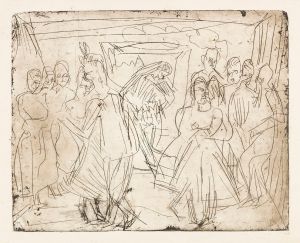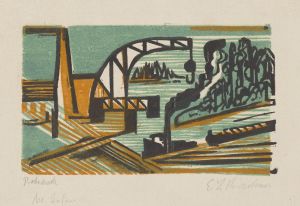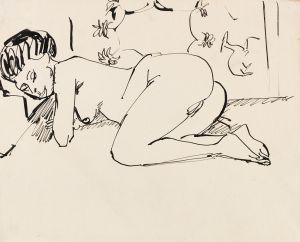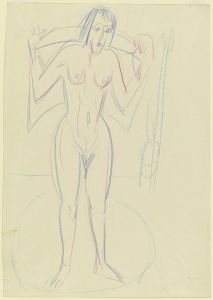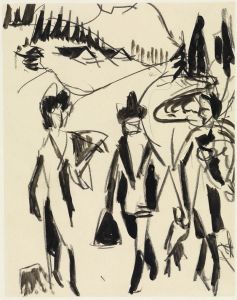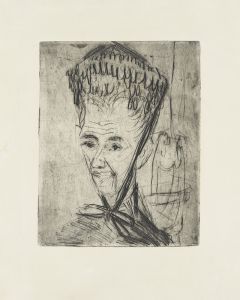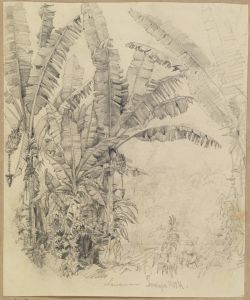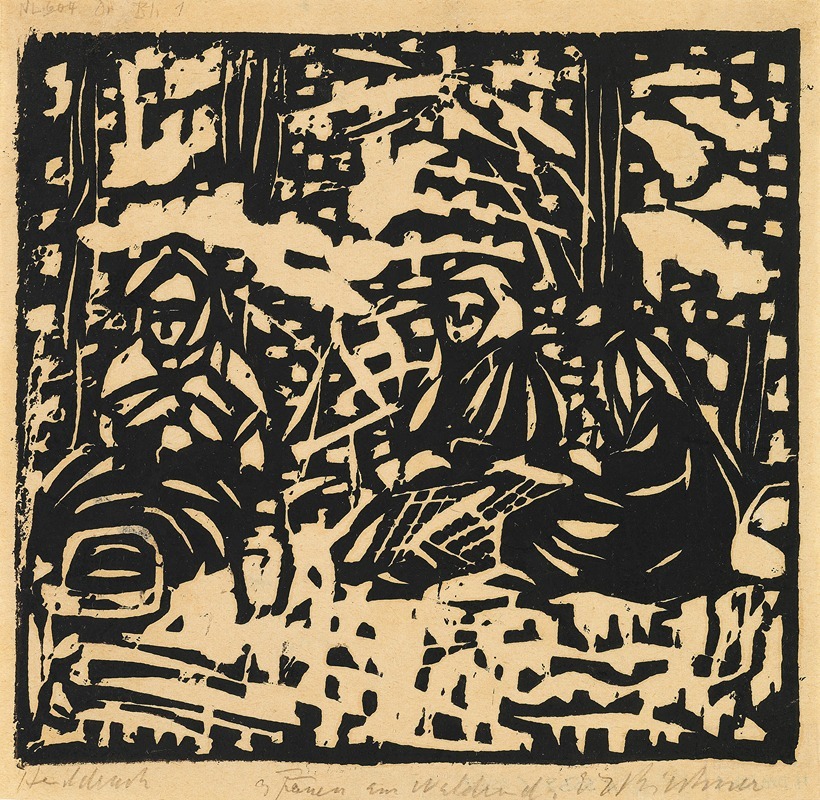
Drei Frauen am Waldesrand
A hand-painted replica of Ernst Ludwig Kirchner’s masterpiece Drei Frauen am Waldesrand, meticulously crafted by professional artists to capture the true essence of the original. Each piece is created with museum-quality canvas and rare mineral pigments, carefully painted by experienced artists with delicate brushstrokes and rich, layered colors to perfectly recreate the texture of the original artwork. Unlike machine-printed reproductions, this hand-painted version brings the painting to life, infused with the artist’s emotions and skill in every stroke. Whether for personal collection or home decoration, it instantly elevates the artistic atmosphere of any space.
Ernst Ludwig Kirchner was a prominent German expressionist painter and one of the founding members of the influential art group Die Brücke (The Bridge). His work is characterized by bold colors, dynamic compositions, and a focus on modern life and the human figure. One of his notable works is "Drei Frauen am Waldesrand" (Three Women at the Forest Edge), which exemplifies his unique style and thematic interests.
"Drei Frauen am Waldesrand" was created during a period when Kirchner was deeply engaged with the themes of nature and the human form. The painting depicts three women standing at the edge of a forest, a common motif in Kirchner's work that reflects his fascination with the interplay between humanity and the natural world. The figures are rendered in Kirchner's signature expressionist style, with exaggerated forms and vibrant colors that convey a sense of emotional intensity and movement.
Kirchner's use of color in "Drei Frauen am Waldesrand" is particularly noteworthy. The palette is vivid and non-naturalistic, with bold contrasts that heighten the emotional impact of the scene. This approach to color is a hallmark of expressionism, a movement that sought to convey subjective emotions and experiences rather than objective reality. Kirchner's work often explores themes of alienation and the tension between civilization and nature, and this painting is no exception. The forest setting suggests a return to a more primal, instinctual state, while the presence of the women introduces an element of human complexity and introspection.
The composition of "Drei Frauen am Waldesrand" is dynamic and fluid, with the figures arranged in a way that guides the viewer's eye through the scene. Kirchner's brushwork is energetic and expressive, contributing to the overall sense of movement and vitality. The painting reflects Kirchner's interest in the expressive potential of the human body, a theme that recurs throughout his oeuvre. The figures in the painting are depicted with a sense of individuality and presence, yet they also seem to merge with the surrounding landscape, suggesting a harmonious relationship between humanity and nature.
Kirchner's work, including "Drei Frauen am Waldesrand," was influenced by a variety of sources, including non-Western art, the works of Vincent van Gogh and Edvard Munch, and the urban environment of early 20th-century Germany. His time in Dresden and later in Berlin exposed him to the vibrant cultural and artistic milieu of the time, which informed his development as an artist. Despite facing significant challenges in his personal life, including struggles with mental health and the impact of World War I, Kirchner remained a prolific and influential figure in the art world.
"Drei Frauen am Waldesrand" is a testament to Kirchner's ability to capture the complexity of human emotion and the beauty of the natural world through his distinctive expressionist lens. The painting continues to be celebrated for its bold use of color, dynamic composition, and the evocative portrayal of its subjects. As with much of Kirchner's work, it invites viewers to reflect on the relationship between humanity and nature, and the ways in which art can express the depths of human experience.





